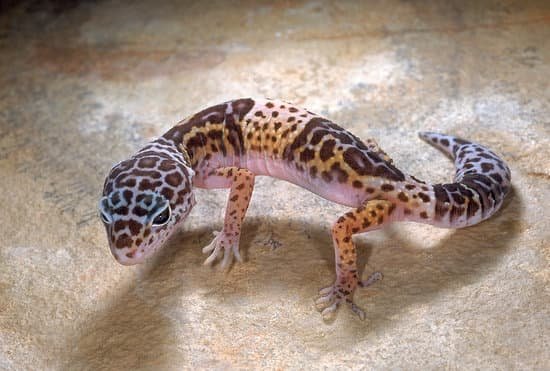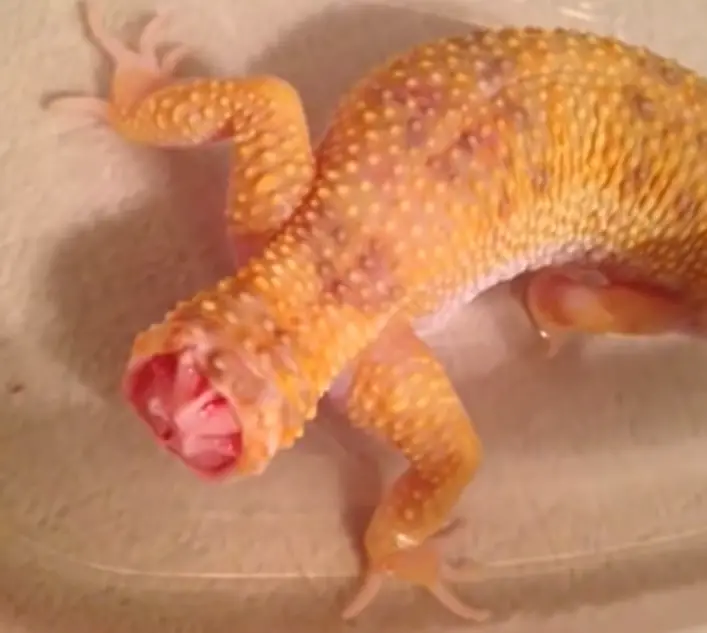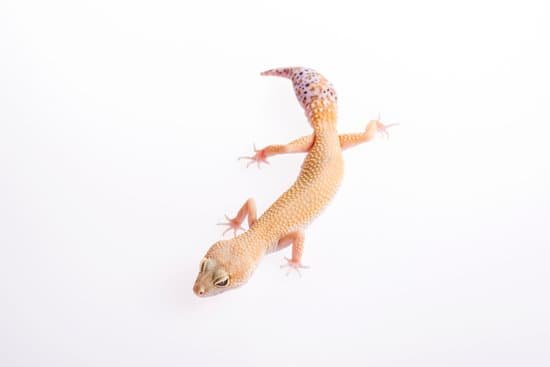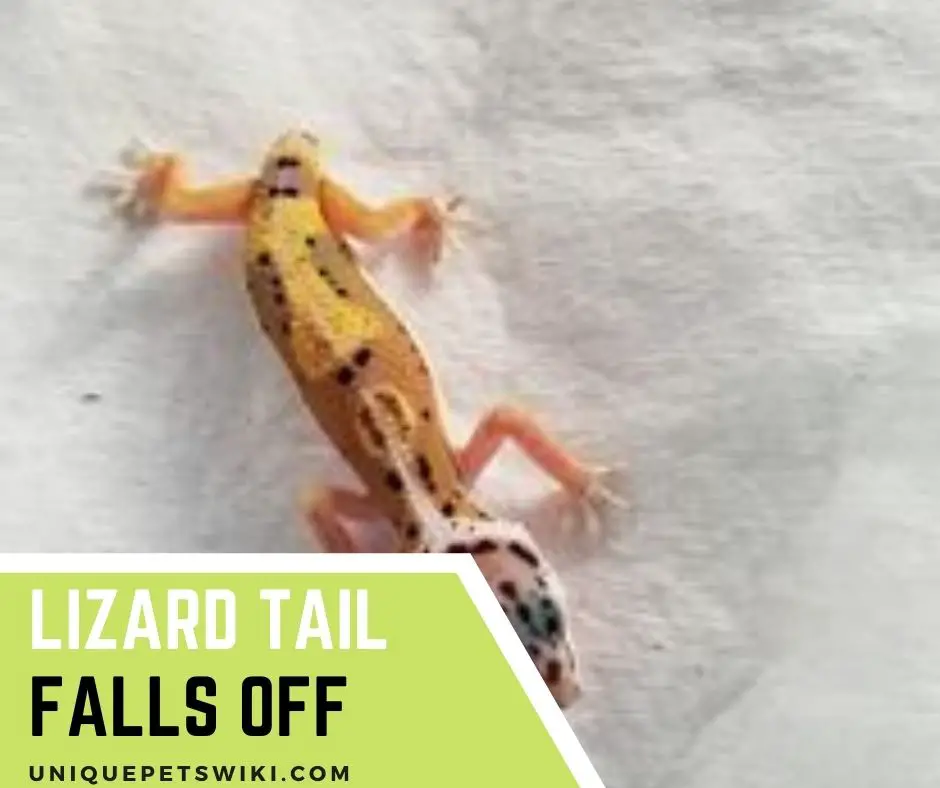Can a lizard tail falls off from its body and grow back too? Yes, very possible. This might even happen when you were handling it and so you get scared. This process or self-amputation is called “autotomy.” It does not only apply to lizards but also to other species like spiders, worms, and salamanders.
This movement is frequently utilized to avoid predators and risks. The tail of your pet is not only essential for its health, but it also makes it appear alluring and proud in front of other lizards, a way of how they show their status.
So if you’re wondering why your pet lizard’s tails fall off, then you have come to the right place. In this article, you know why and how lizards’ tails can be detached from their body.
Contents
Lizard Tails and Their Uses To Lizards
The tails of lizards serve them many purposes such as balance, locomotion, maintaining social status, and an area of the body to store fats.
The lizard’s tail also serves as an area to store fat during times where there are no other food sources around. It provides these lizards with extra power when they need it most- during periods of starvation or reproduction.
Tailless males are less likely to find a mate because their tails are social. This mostly happens to old tail-less lizards.

Why does A Lizard Tail Falls Off?
Lizards’ thin detachable tails are one of their most noticeable traits and these are made of weak fracture planes between their tail vertebrae, which allows their tails to detach with a simple pull or hit.
Experts say that once the tail is detached, it will distract the supposed predator as it will wriggle nonstop for 30 minutes, letting the lizard run away from the predator.
When Lizard Tail Falls Off
A series of tiny bones runs along the back of lizards, referred to as vertebrae. Their tail has multiple weak points termed fracture planes along the tail that might cause the tail to detach. A lizard’s primary motive for losing its tail is to defend itself.
What Happens When A Lizard Tail Falls Off?
When a lizard loses its tail, the tail flails and wiggles on the ground because the nerves in the lizard’s body are still working and communicating with each other. It may even move upwards for half an hour, diverting a predator and allowing the lizard plenty of chance to escape.
The lizard is not badly harmed by losing its tail and doesn’t feel pain. It may even save its life, except, it will affect the lizard’s ability to run, its magnificence to the opposite sex, and social standing.
There may be issues if a few lizards are in the same terrarium. Lizards with damaged or missing tails appear feeble and tiny to other lizards. As a result, other lizards may begin to lose respect,’ ignoring, bullying, and even assaulting the affected lizard. It is good to consider keeping only one lizard in a terrarium.
The owner does not need to worry because this only happens when lizards are in danger or accidentally. This has no adverse effect on your lizard, but you need to pay attention to taking care of them so that they soon regrow their tails.

(Image Source: Okie Pokey Hogs)
Health Risks When Lizards Fall Off Tail
Some lizards can regrow their tails if they survive long enough. But, losing the tail has significant effects and jeopardizes the lizard’s existence.
A Lizard That Loses Its Tail Loses Its Respect From Others
Animals and exotic species have a significant feature that they can use to prove themselves or show off to attract a mate.
It’s not uncommon for lizards to lose their tails. However, the loss of a tail can have negative consequences as it is strongly related to their social status. This includes difficulty to run quickly, become socially acceptable or attractive to the opposite sex.
Tail-less males are less likely to find female partners or grownups with homes whereas adolescents face more difficulties when the time comes to establish their territory and claim space within which they will live out adulthood.
Weakened Immune System
Tail loss leads to a reduced immune system, allowing mites and other hazardous organisms to have a more significant detrimental influence on lizards, reducing their health and longevity. The tail is too precious to be thrown carelessly since it serves an essential function in fat deposits’ movement and energy storage.
Loss Of Fat Storage
Reptiles store the bulk of their excess energy in the form of lipids, which they mobilize when power is required. They also put their lipids into the eggs as this is the primary energy source for developing embryos. As a result, losing their tail may result in a loss of storage.
This is the reason why certain lizards, for which the tail is a primary storage organ for collecting reserves, may return to a dropped tail after the threat has gone and eaten it to retrieve some of the sacrificed resources.
How To Take Care Of Lizards That They Grow Their Tails Back
If you want to help your lizard grow a new tail, feed it frequent larger meals high in vitamins and minerals, especially calcium and protein. Because the mending process consumes a lot of energy, lizards might benefit from regular rest and feeding.
How To Take Care Of Lizards Fall Off Tail
After the lizard has shed its tail, ensure that your pet heals appropriately and does not become infected, using a triple antibiotic ointment and applying it to the end of the bottom once a day.
Continue to use this ointment until the wound has sealed and cured or you may also immerse your lizard in warm water with antibiotics added for around 15 minutes.
Don’t put your lizard through any stress, and clean the terrarium every day to keep the wound from becoming infected. During this time, make sure the lizard resides alone in a terrarium.
Furthermore, keep a close eye on the temps and maintain the cage nice and toasty. Because your pet will feel vulnerable and stressed, provide hide boxes where it may spend time peacefully without being seen. To keep the cage clean, you may place the tissue on the flooring and change it periodically.
Another suggestion is to not leave any live food in the terrarium if your lizard hasn’t eaten because live crickets tend to bite on the lizard’s injured tail, infecting it and delaying recovery.
Take your lizard to the doctor right immediately if an old tail breaks exceptionally near to the base or begins to bleed heavily. If the swelling does not go down in 10 days, you should take your pet to the doctor.
When And How Many Tails Grow Back
Some lizards can repeatedly lose their tails. This, however, does not occur in all lizards because after the second tail drop, certain lizards may be left with a stub-shaped tail.
A new tail will be formed entirely of cartilage, with no weak places. This implies that your lizard can only drop and regrow a tail above the former breaking point. So, I would strongly advise protecting your lizard from any harm or stress and not relying on the tail coming back at a later date.
There is almost no limit when it comes to regrowing their tails, as long as they are alive and healthy. Nine weeks is the shortest period a lizard can regrow its tail. The longest time is 12 weeks.

Stem cells are in charge of regenerating a lizard’s tail. These are cells that can increase and develop forever. So, in essence, stem cells are everlasting.
As a result, as long as the lizard’s stem cell is intact, it will grow its tail no matter how many times it loses it and will only stop once it ages because its stem cells lose their ability to replenish or slow down its activity.
When the lizard’s tail comes back, it looks somewhat different than before because the replacement tail is generally made of cartilage, the same substance that makes up your nose and ears rather than bone. It takes a long time for cartilage to develop.
Fun Facts: How Many Times Can A Lizard Lose Its Tail
Most lizards can only lose their tails a certain number of times before losing the capacity to regrow them. There are, of course, exceptions, like the crested gecko. It is one reptile whose tail can be lost but does not regrow.
Wrapping Up
Note that not all lizards and reptiles can regrow their features, only with autotomy behavior. Autotomy has several evolutionary origins and has developed at least nine times in Animalia independently.
If ever your lizard loses a tail, it is expected that they either tried to escape from your other pets like cats, got into an accident, or their tail muscles contract too much. Take them to the vet for assurance that they are safe and well.
